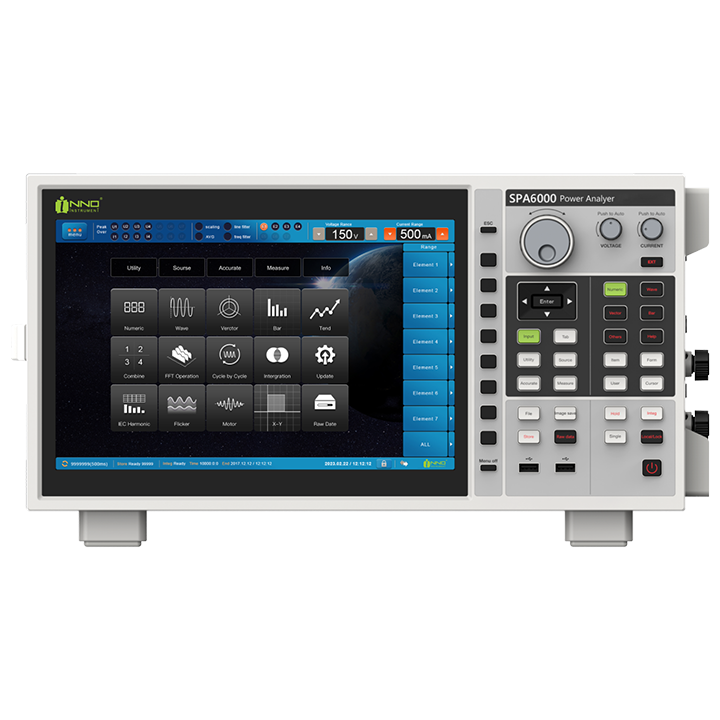The Hopkinson's test is an experimental method to measure the efficiency and load capacity of motor.
This test requires two identical shunt machines which are mechanically coupled. One machine act as a motor and the other acts as a generator. The tested motor’s input/output electric parameters are measured by changing load conditions to determine its efficiency and load capacity. During regular motor tests, the tested motor cannot solve the problem of energy feedback and efficiency measurement error will increase. The Hopkinson’s test is therefore commonly used on motors. In addition, this test has a low requirement on the hardware, and the input/output power can be measured with less devices.
During regular motor tests, the tested motor cannot solve the problem of energy feedback and efficiency measurement error will increase. The Hopkinson’s test is therefore commonly used on motors to reduce the impact of energy feedback on measuring results. During the Hopkinson’s test, when the measured shunt machine acts as a motor, the power produced by it is sent to the generator through the mechanical coupling and then sent back to the power grid as electric energy. This method can ensure correct measurement of input/output power of the motor at each point-of-load to assess motor efficiency and load capacity. With the Hopkinson’s test, the performance curve of the measured motor under various load conditions can be drawn, including input/output power, motor torque/rotation speed and other parameters. These data can be used to assess motor efficiency, load capacity and response characteristics, providing important evidence for motor selection, system design and engineering optimization. In addition, the Hopkinson’s test can help measuring the thermal properties of the measured motor to avoid overheat-triggered damage of motor during its operation.
Main Advantages
INNO's strong professional capabilities make its products more advantageous in related fields
The SPAW7000 High-Precision Power Analyzer features measurement accuracy of up to 0.01% and a wide bandwidth of 0.1 Hz to 5 MHz. It can accurately measure key parameters such as input and output voltage, current, and power.
High-resolution current phase compensation and automatic range adjustment; includes various calculation functions such as integration and FFT.






